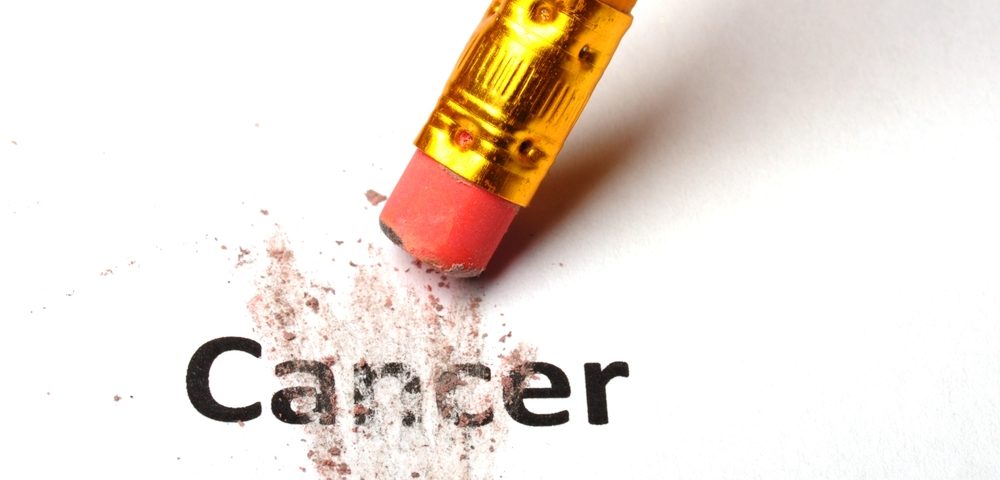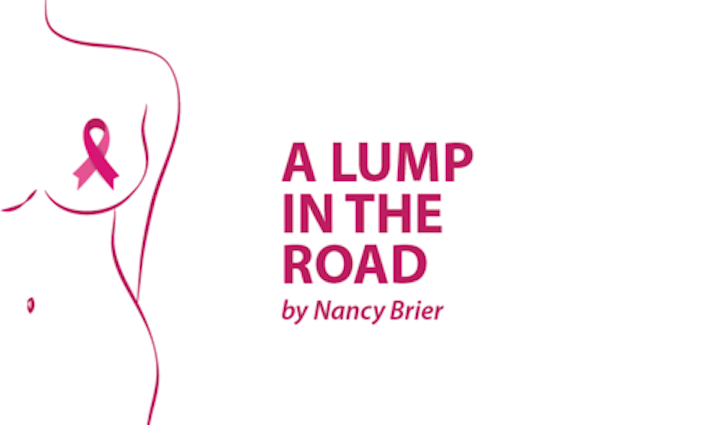I met a guy at a party.
At first, he was quite the charmer, one of those middle-aged guys who was the most popular guy in high school. Standing within his orbit, I felt like I’d been invited to join the cool kids’ cafeteria table and everyone there thought I was funny and cute. Mr. Charm refilled my wine glass while kids ran around like wild animals and the sun painted our local mountain range a rosy shade of purple.
My husband joined our conversation just in time to hear Mr. Charm say that he’s actually Dr. Charm, an oncologist.
“My wife’s in treatment for triple-negative breast cancer,” Gary says. Whenever my husband has an opportunity to talk with an oncologist, he jumps on it, and even though it can be embarrassing, the information he gleans often comes in handy. I reminded myself that my cancer story is actually our cancer story and tried to stop cringing while Gary yammered on and on about my many brushes with death.
Generally, I don’t like talking about cancer, which I know is odd since I write about it regularly and strangers email me questions all the time. But at a party — or anywhere else, really — I don’t want to be “cancer lady.” I just want to be myself.
“I’m nearly done with treatment,” I say, trying to wrap up this topic and move on. Maybe someone has a cockroach problem or an obnoxious teenager we could talk about. “I’m going to hit my five-year mark soon, and then my risk level plummets.”
I find that when I put an optimistic spin on my disease, most people are willing to let the conversation go. But even the name of my particular variety of cancer gives people pause.
When I was diagnosed, I thought it was called “triple negative” because it’s three times as nasty as anything else, but the real reason is that it doesn’t respond to any of the three primary weapons doctors typically use to fight breast cancer.
That’s part of the bad news. It also has a lower survival rate than other types of breast cancer and it tends to be aggressive.
But triple-negative breast cancer comes with good news, too: After five years of treatment, it’s less likely than other cancers to come back. I think of my five-year mark as my liberation day, and it’s been circled on my calendar a long time.
Usually my Pollyanna commentary squashes awkward conversations, but this time, Dr. Charm had different ideas. “Actually, your risk for other cancers is much higher than it is for normal women. And it will be for the rest of your life.” He continued while my mind started to drift.
Normal women, I thought? I always considered myself more or less normal. High risk for life?
Just then, two boys dashed to the snack table and stuffed so many Skittles into their mouths that neon-looking juice dribbled down their chins and created sticky-looking collages on their T-shirts. They laughed, and a partially chewed sugary rainbow clung to their teeth. A shrink would have said I was dissociating.
Just as Dr. Charm was finishing up his diatribe about statistics and risk factors, I came back to the conversation. Gary’s face was white and my wine glass was empty.
“Look at those boys,” I say. They were irresistible, the essence of childhood. “I wonder if there’s any candy left for us.” Making a lame excuse to the doctor, I grabbed my husband and we headed toward the children. My foray into the cool kids’ table was over before I knew it.
Over the course of my journey with cancer, people have made all sorts of weird and inappropriate remarks. One lady cut me off because “she couldn’t be friends with anyone who did chemo.” She prefers more natural cures like wheatgrass juice and blue algae. Another guy asked me what I was going to do with all my stuff after I died. I’ve mostly learned to shake these experiences off.
But this week, as I brace for another one of my grim visits with a mammogram, I find myself thinking of that doctor instead of the chorus of medically trained voices that tell me my risk is nearly over.
The doctor really was charming, but not as charming as a 5-year-old with sticky fingers and a mouthful of Skittles. Fortunately, I’m the one who gets to decide where I sit in the lunchroom, and I’ll take the table with Skittles and rainbows.
***
Note: Breast Cancer News is strictly a news and information website about the disease. It does not provide medical advice, diagnosis, or treatment. This content is not intended to be a substitute for professional medical advice, diagnosis, or treatment. Always seek the advice of your physician or other qualified health provider with any questions you may have regarding a medical condition. Never disregard professional medical advice or delay in seeking it because of something you have read on this website. The opinions expressed in this column are not those of Breast Cancer News, or its parent company, BioNews Services, and are intended to spark discussion about issues pertaining to breast cancer.


